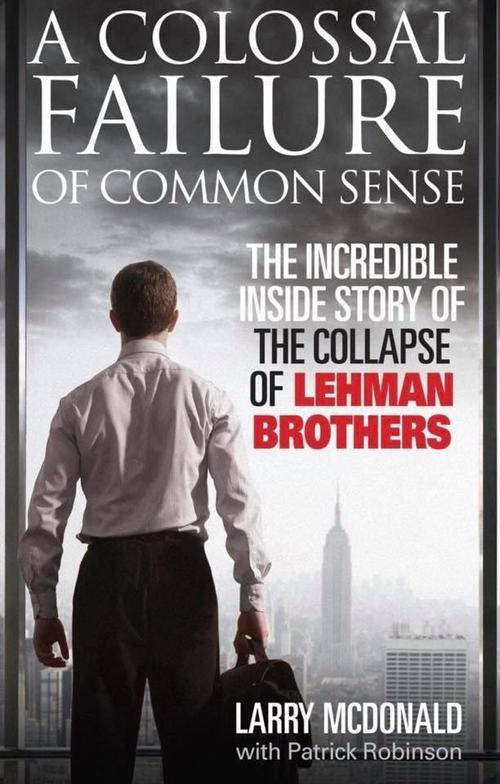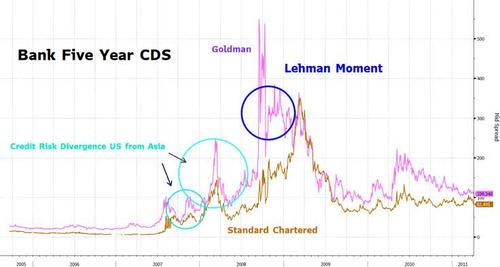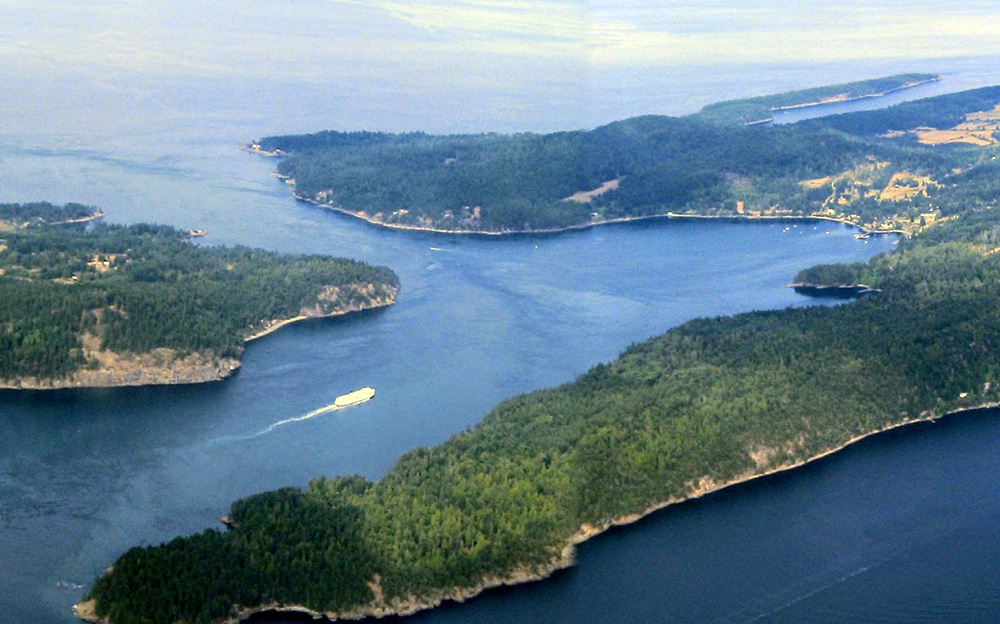
The U.S. and most of the world is at the threshold of what I would call a nexus point in history. There are establishment forces at play that seek to impose a permanent authoritarian presence within our nation in the name of Covid “safety.” This includes lockdown mandates and restrictions on economic participation for the unvaccinated (including being unable to keep a job).
At the same time, only 53% of the public has been fully vaccinated against Covid. A significant number of the unvaccinated seem likely to dig in their heels and refuse to comply with the advice of medical professionals and the government.
We are at an impasse. With a global pandemic flaring up again in the background, the pro- and anti-vaccine groups square off. Those who see their Covid vaccination as a badge of personal responsibility and civic-mindedness versus those who believe the opposite. Unless one side chooses to stand down and walk away from the fight, our economic future will grow increasingly unstable.
This is the foreboding backdrop of our economic tale, and it is important to keep in mind that the technocratic exploitation of the covid non-crisis as a push for supremacy is going to color everything that happens in our financial system from now on. You cannot talk about our economic condition without including the effects of the pandemic theater.
I believe that the next year in particular is going to be adrenalized and chaotic beyond what we have already seen in 2020-2021. Like I said, there are two sides of America that are now at an impasse. Something is going to snap, and I suspect this will happen in 12 months or less.
…click on the above link to read the rest of the article…











 When bubbles burst, we will discover how very few superior men there actually are – as defined by Confucius:
When bubbles burst, we will discover how very few superior men there actually are – as defined by Confucius:

